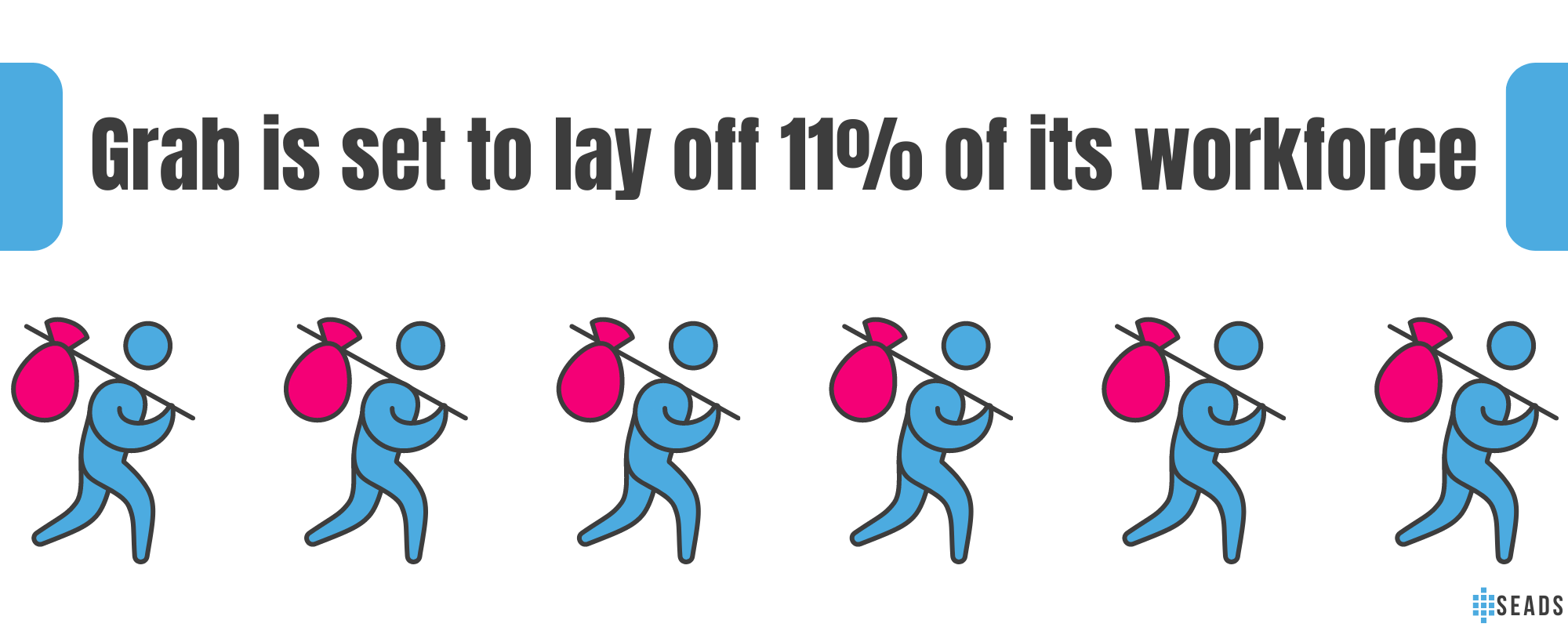Grab, the Southeast Asian superapp that originated as a ride-hailing app in Malaysia in 2012, is set to lay off approximately one thousand employees, accounting for 11% of its workforce. This decision was announced by Anthony Tan, the CEO of Grab, who stated that the layoffs were part of a restructuring effort aimed at narrowing the company’s losses.

While addressing the media, Tan acknowledged the difficulties surrounding the layoffs but emphasized their necessity. He highlighted the increasing cost of capital due to the emergence of advanced technologies, such as generative AI, which has altered the market landscape. In order to adapt to these changes and realign the company with its long-term goals, Grab intends to implement a restructuring plan to improve overall efficiency across its entire portfolio.
This is not the first time Grab has had to resort to layoffs. In 2020, the company laid off 360 employees, equivalent to 5% of its workforce, in response to the adverse effects of the global pandemic. However, Grab’s journey has also been marked by significant achievements. In 2018, it emerged as the dominant player in the industry when Uber ceased its operations in the region.
The company’s most noteworthy milestone came in 2021 when it made its debut on Wall Street through a special-purpose acquisition company (SPAC). This historic event marked the largest initial public offering by a Southeast Asian company in the US market, with Grab’s value reaching an impressive $39.6 billion.
Unfortunately, layoffs have become a common occurrence in the tech industry, affecting various companies. Last year, Singapore-based Sea Ltd. laid off 7,000 employees, while GoTo, a company offering rides, e-commerce, and financial services, let go of approximately 600 workers in March 2023, in addition to the 1,300 positions cut in 2022.
It is worth noting that in September of the previous year, Grab had stated that it had no plans for mass layoffs despite the weak market conditions. However, by December, the company implemented measures to mitigate the challenging circumstances, including freezing most hiring, eliminating pay raises for senior managers, and reducing travel and expense budgets.

As Grab navigates the changing dynamics of the industry, it remains committed to streamlining its operations and achieving long-term success. The restructuring efforts, though unfortunate for those affected, aim to position the company for greater efficiency and sustainability in the face of evolving market demands.